Sound: 









Value: 









(Read about our ratings)
It seems like only yesterday I was reviewing a pair of delightful over-ear Sennheiser headphones. But apparently, that was over a year ago. Someone should create an idiom about how time moves quickly. Running maybe? Perhaps something more aerial? That review focused on the HE 660S2s ($499.95, all prices in USD), which are higher-end open-back headphones. At $349.95, Sennheiser’s new HD 620S ’phones are lower in price, and they’re a closed-back design. However, Sennheiser claims that they provide “open sound in a closed-back design.” We shall see.
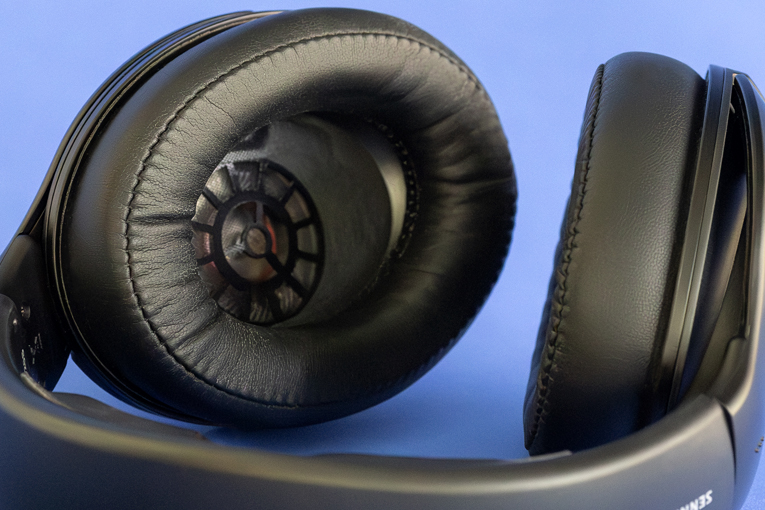
Inside the fairly large earcups are 42mm angled transducers with 38mm diaphragms. The soft earpads are artificial leather. For their size, these headphones are fairly light—in the range of other over-ear ’phones I’ve reviewed recently.
In the box
There’s not much included, just an unimpressive storage bag and a 3.5mm-to-6.35mm adapter. I know $350 is fairly mainstream and not “high-end” in the audiophile world, but that’s a fair amount of money for most people, and I don’t think I’m off base thinking there should be a bit more pomp and/or circumstance. A fight for another day, I suppose.
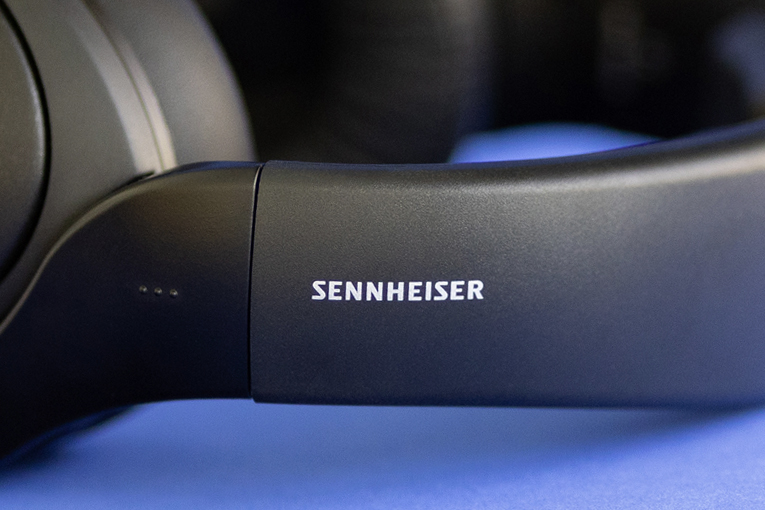
The 1.8m cable locks into the left earcup with a twist, so it won’t pull out easily if you accidentally tug on it (or roll over it with your office chair). I would have liked the option to connect it to the right earcup instead, but alas, nope. While it wasn’t available for my review, Sennheiser will offer a 4.4mm Pentaconn-terminated balanced cable sometime this summer.
Use
Overall, the HD 620Ses were fairly comfortable, though a little on the heavy side. The clamping force, on my head at least, was a little strong. I assume they’d loosen up eventually, but by the time I wrote this review, I’d been listening to them for several weeks, and they were still a bit tight for longer listening sessions. Of bigger issue, the plastic felt a bit cheap, and they creaked a little. This didn’t seem fitting for a $350 product, though they certainly weren’t as bad as some in that regard.
Sound
Overall, their sound is fairly balanced, with no egregious peaks in the mids or highs, and a bit of a boost in the bass.
Chappell Roan’s “Good Luck, Babe!” (single, 24-bit/48kHz FLAC, Island Records / Qobuz) sounds like someone dropped 1980s Kate Bush into a room with ten synthesizers and 30 cans of Red Bull. Sennheiser’s claim about the HD 620S headphones delivering open-back sound definitely has merit. The widely panned synths seemed to sit well over my shoulders. Roan’s soaring vocals were well centered and clear without being piercing or having any sibilance.
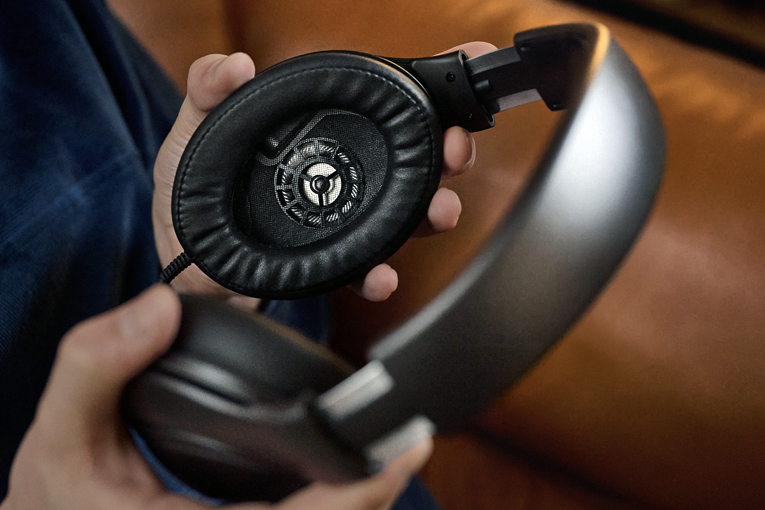
For some more straightforward rock, I cued up Buffalo Tom’s latest, Jump Rope (24/96 FLAC, Scrawny Records / Qobuz). “Autumn Letter” has a chill blend of acoustic and electric guitars, all with their typical jangly groove. Bill Janovitz’s voice blended well with the instruments, all of which spread out pleasantly across the soundstage. Tom Maginnis’s drums had a decent snap, though the Senns lacked the immediacy of transients like good planar magnetic headphones.
For something a little bigger (OK, a lot bigger), I put on “Mars, the Bringer of War” from Gustav Holst’s suite The Planets, as performed by the Los Angeles Philharmonic and conducted by Zubin Mehta (24/176.4 FLAC, Decca Records / Qobuz). Essentially the inspiration, basis, or outright original version of every movie score ever, this bombastic movement combines strings and brass in a delightfully menacing way. For closed-back ’phones, the Sennheisers gave this recording a great sense of space. Every instrument had its place in the mix, and even with the entire orchestra going full quadruple-forte, the sound never collapsed or faltered. Personally, I’d like a bit more bass, especially for a track like this, but since I tend to like more bass than most, these are likely fairly close to neutral. I wouldn’t have minded a bit more high treble to give some air around some of the instruments, but again, that’d be more preference than something lacking.
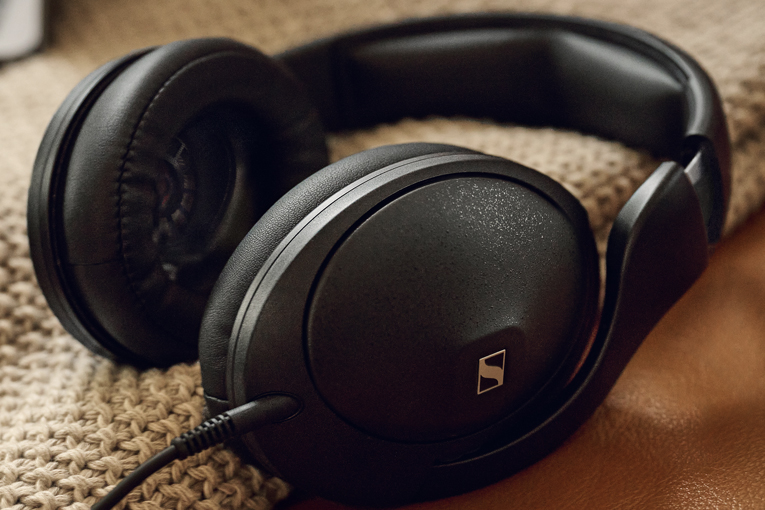
While not the headphones I’d grab to walk around, they’re certainly better suited for portability than open-back headphones. To that end, I tried them out with my meagerly powered Sony NW-A306 media player. I was able to get a decent volume out of it with the Sennheisers, so while you can’t go wrong with a decent amp, in a pinch you can use these with just about anything with a headphone jack.
Comparison
For my first comparison, I picked the Sivga P2 Pro headphones. These are a full $100 more than the Sennheisers, but they seem like an entirely different category. They have a lovely design with wood earcups, braided cable, and a hard-shell carrying case. The earpads are softer and cushier as well. They feel higher-end than they are, in contrast to the HD 620S headphones, which feel lower-end than they are. I put on “Cousin Mary” from John Coltrane’s Giant Steps (24/192 FLAC, Rhino Entertainment / Qobuz). I greatly prefer the mono version of this album, as the stereo version has an . . . interesting mix: Coltrane and Tommy Flanagan are panned hard to the left, with Art Taylor and Paul Chambers hard on the right. There’s basically nothing in the center at all. This album was released in 1960, when stereo was in its infancy, and it always takes musicians and engineers a few years to figure out any new tech. However, it’s a worthy track to test the soundstage of both headphones. With the Sennheisers, Coltrane was wailing away a little past my left shoulder. Via the Sivgas, he was actually a little closer in, roughly above my shoulder. There was more “air” around the instruments in the P2 Pros, however. Both sounded “big,” but the Sivgas sounded more (I hate to use this word, but it’s accurate) “open.”
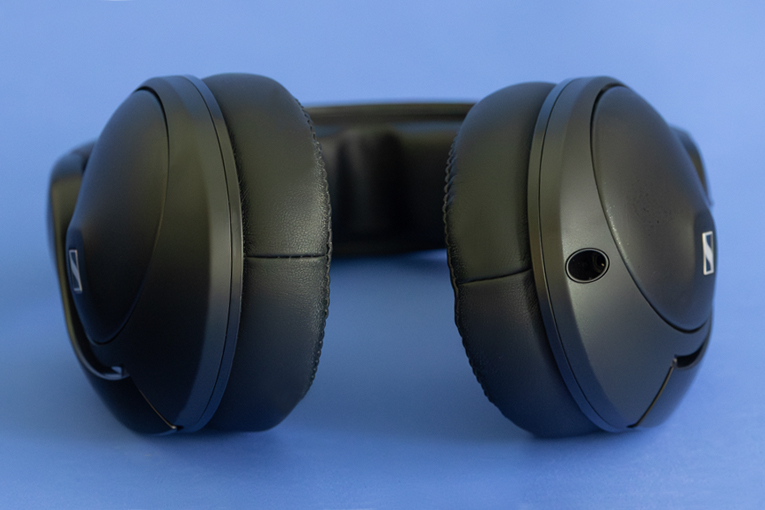
Next up were the HiFiMan Sundara open-back headphones, which tend to be my go-to wired over-ears in this price range. They cost $50 less than the Sennheisers, and they’re quite light. The metal in their frame and earcups makes them feel sturdy. Soundstage-wise, the Sundaras naturally had the same “open” sound as the P2 Pros, but their apparent soundstage “width” was closer to the Sennheisers’. Neither the Sundaras nor the Sennheisers are overly bass-heavy, but they certainly don’t lack bass. With Charli XCX’s “360” (Brat, 24/44.1 FLAC, Atlantic Records / Qobuz), the Sundaras had tight, controlled bass, but it didn’t extend particularly deep. The Sennheisers had less bass, but it was more tuneful and extended a little deeper. There was a bit more sparkle in the Sennheisers’ treble, but one wasn’t better than the other in this regard, just different.
And while it’s a small thing, literally, I greatly appreciated the 1.8m cable that Sennheiser supplies over the Sundaras’ 1.5m cable. That doesn’t seem like much, and it’s not, but it’s the difference between feeling free to move around a little while I’m working and feeling like I’m going to pull my amp off my desk if I turn my chair. This is probably just a me thing, and to date I haven’t pulled any amp off any surface while listening to the Sundaras.
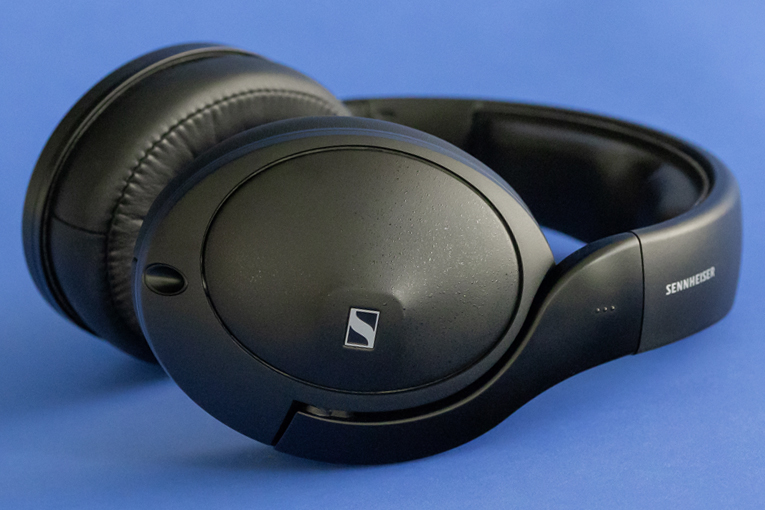
I didn’t have access to the Sennheiser HD 600 model, the “sister” open-back to the HD 620S design. According to Sennheiser, the 620S model has more bass and a little less treble. Given how the 620S headphones sound, and reading reviews of the HD 600s, this seems plausible.
Conclusion
These kinds of reviews are actually the hardest. I don’t really have anything negative to say about the HD 620S headphones. They’re entirely competent. I wish they were a bit lighter and made of better materials perhaps, but that’s really it. They’re good. Unfortunately, there are a lot of “good” headphones in the $300–$400 range. Do the HD 620S headphones match Sennheiser’s marketing of a closed design with open sound? Yes, mostly, but again they aren’t “wow, these sound so open!” They’re just “yeah, that’s a decent soundstage.” Where they work, and work well, is if you regularly listen to audio in situations where others can hear you, but you still want a “big” sound. Sennheiser’s HD 620S headphones hit that niche really well.
. . . Geoffrey Morrison
Associated Equipment
- Portable media player: Sony NW-A306.
- PC: iBuyPower Windows 10.
- DAC/headphone amplifier: Schiit Audio Magni.
Sennheiser HD 620S Headphones
Price: $349.95.
Warranty: Two years.
Sennheiser Electronic Corporation
1 Enterprise Drive
Old Lyme, CT 06371
Phone: 1-800-736-6434
Website: www.sennheiser.com





